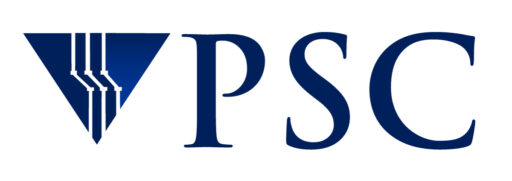New “Memory Advantage Program” on Blacklight at the Pittsburgh Supercomputing Center
PITTSBURGH, July 26, 2011 — Blacklight, the SGI Altix UV 1000 system at the Pittsburgh Supercomputing Center (PSC), available to researchers nationally through the National Science Foundation’s newly announced XSEDE program, has opened new computational capability for U.S. scientists and engineers. Featuring 32 terabytes of shared memory, partitioned into two connected 16-terabyte coherent shared-memory systems, Blacklight is the largest shared-memory system in the world.
To help researchers take advantage of Blacklight (512 eight-core Intel Xeon 7500 processors), PSC is providing a Memory Advantage Program (MAP). PSC’s MAP will help Blacklight users develop production applications that effectively use Blacklight’s shared-memory capabilities.
“Shared memory” means that a system’s memory can be directly accessed from all of its processors, as opposed to “distributed memory” (in which each processor’s memory is directly accessed only by that processor). Being a very large shared-memory system, Blacklight enables many memory-intensive research projects that can’t be easily deployed on distributed-memory supercomputers. These include convenient and rapid expression of algorithms — such as graph-theoretical ones, for which distributed memory implementations are difficult, and interactive analysis of large data sets, which can be loaded in their entirety into random-access memory.
Users interested in MAP are invited to contact remarks@psc.edu with a brief request. The request should describe the scientific problem that requires large shared memory and the current state of the code: For example, slows down when using more than 10-percent of allocated memory.
A PSC consultant will follow up with the user to find out if they are ready to conduct benchmarking, debugging and test runs, which will be discounted by 50 percent. The assigned PSC consultant will help the user troubleshoot problems, provide advice on the use of debugging and performance-analysis tools and procedures, and offer suggestions on fixes and optimizations. This phase is expected to take no longer than four weeks for each selected project.
Other examples, beyond those already mentioned, of projects that can gain productivity with large shared-memory such as Blacklight include rapid prototyping, and the deployment of ISV (independent software vendor) applications, and the use of high-productivity languages such as Java, Python, Octave, and R.
